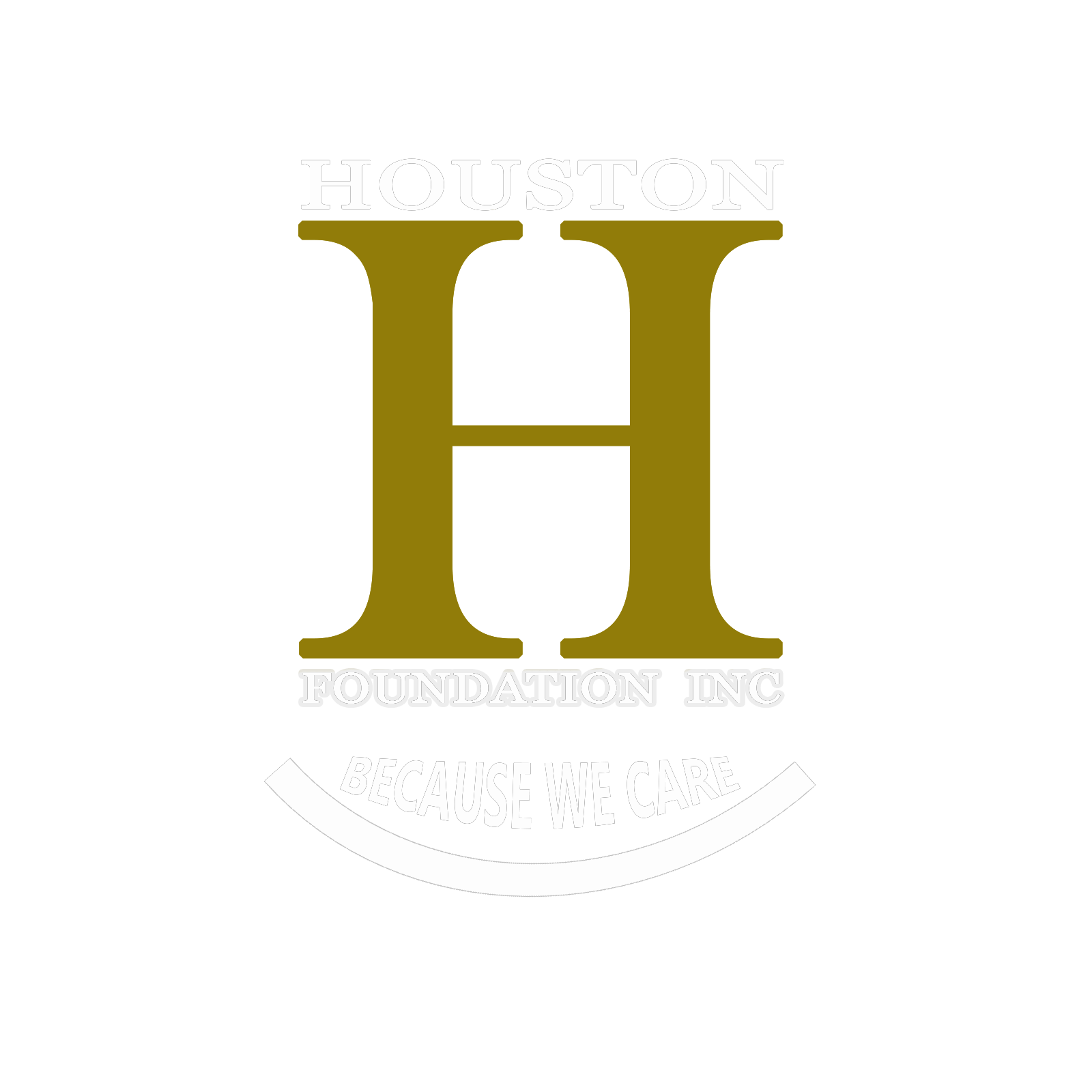What is Human Trafficking?
Human trafficking is the act of recruiting, transporting, harboring, obtaining, or providing a person for compelled labor or commercial sex acts through the use of force, fraud, or coercion. The traffickers’ goal of human trafficking is to exploit and enslave.
The most commonly identified forms of human trafficking are sexual exploitation and forced labor. More than half of the victims are female. Many other forms of exploitation are often under-reported, which include domestic servitude, forced marriage, organ removal, and the exploitation of children in begging, the sex trade, and warfare.
The causes of human trafficking are interlinked and complex. They include economic, social, and political factors. Poverty alone does not always create vulnerability to trafficking. When poverty is combined with other factors, such as corruption, civil unrest, a weak government, lack of access to education or jobs, family disruption or dysfunction, lack of human rights, or economic disruptions, it can lead to a higher risk for being trafficked.
Human trafficking is one of the biggest international crime industries in the world. Forced labor generated $150 billion in illegal profits every year according to the International Labor Organization (ILO). Two-thirds of that money came from commercial sexual exploitation. The rest is from forced economic exploitations. This includes domestic work, agriculture, child labor, and related activities.
Human trafficking is a domestic and global crime. Victims are trafficked within their own country, to neighboring countries. Victims of trafficking can be of any age and any gender. Women and children are often used for sexual exploitation, and men are more likely to be used for forced labor. About one in five victims of human trafficking are children, globally. Children are also exploited for forced begging, child pornography, and child labor. Their smaller hands are also used in tasks like sewing.
The U.S. government has a policy to help efforts in addressing human trafficking. The policy surrounds the three P’s: prevent trafficking, protect victims and prosecute traffickers. The number of convictions for human trafficking is increasing. Unfortunately, awareness is not growing. There are many instances where victims may not cooperate with the criminal justice system because they have been threatened by a trafficker.
Human trafficking in numbers
- 51% of identified victims of trafficking are women, 28% children and 21% men
- 72% people exploited in the sex industry are women
- 63% of identified traffickers were men and 37% women
- 43% of victims are trafficked domestically within national borders
(Estimates by The United Nations Office for Drugs and Crime (UNODC)
How do people get entangled in Human Trafficking?
People who are trying to escape poverty or discrimination are most likely trapped by traffickers. Vulnerable people are often forced to take large risks to try and escape poverty or persecution, accepting precarious job offers and making dangerous decisions. They often borrow money from their traffickers in advance. They become trapped and reliant on their traffickers. Their documents are often taken away and they are forced to work until their debt is paid off.
What you can do:
The best response to human trafficking is to prevent people from being trafficked in the first place. Prosperity at home extremely reduces the false enticements of the trafficking trade. Which is what the Houston Foundation Inc. plans to do with your help. If you witness suspected human trafficking or other forms of exploitation, speak up. The Houston Foundation Inc. is a resource that can help you take action if you believe there are human trafficking victims in your community. Human trafficking may be a crime against humanity, but as a human you can be the light. The Houston Foundation Inc. Resource Center intends to provide a lifeline to critical services, the Houston Foundation Inc. Resource Center is created to uplift and support the lives of people of color in North Philadelphia. Every facet of the Resource Center is designed to empower the residents to make positive, life-changing choices for themselves and ultimately for the betterment of the entire community.


